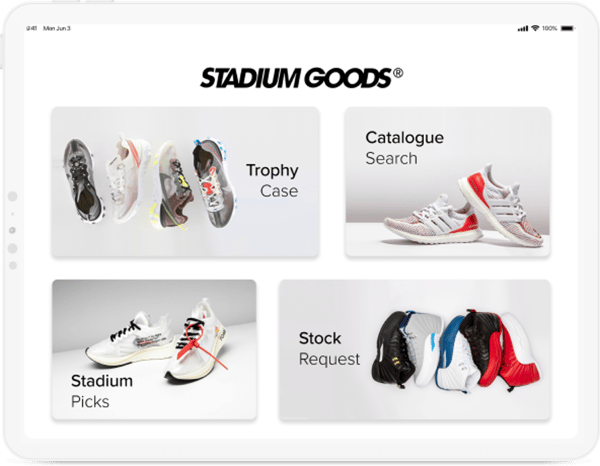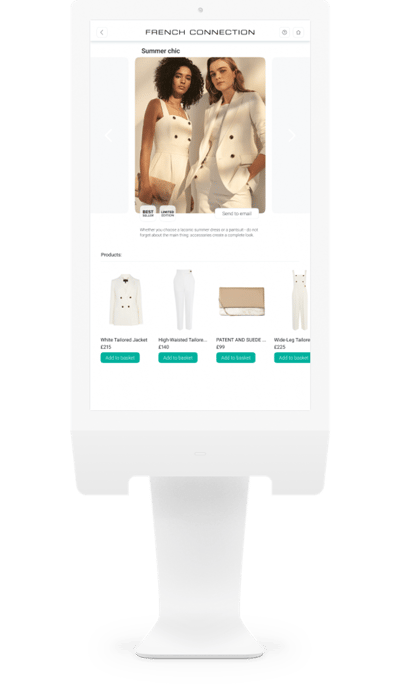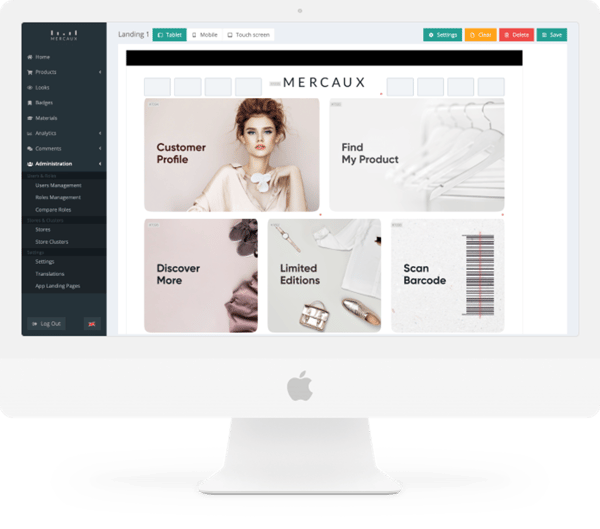
Alex Petrov
CTO, Mercaux
At a time of unparalleled change and immense pressure on retail technology departments to deliver short-term gains for the business (with a lot less budgets and resources to hand), talking about big “strategic initiatives” will likely get a muted response from management teams – unless it’s followed swiftly with, “quick”, “cost-effective” and “revenue generating”.
In my previous post, I explained how CTO’s can most definitely still drive innovation within their company despite operating with limited budgets and resources. For this next post, I’d like to continue with the same technology-innovation-on-a-budget topic by highlighting another quick win for your business – configure over customise.
Answering the challenge set by senior management teams to innovate quickly to support the business in time of recovery cannot be answered with the words “customised solution”. This answer will instantly set off alarm bells for big budgets and big resources – not what retail management want to be hearing right now!
You know what innovations you want. You have an exact specification for what this solution would be on paper, but you have to deliver - yesterday. What compromises do you have to give to adopt an off-the-shelf, but customisable solution?
Actually, far less than you might be thinking, and the benefits will quickly outweigh any shortcomings in your grand custom plans.
Here’s a few benefits that configurable solutions from third party vendors can bring to your short and long-term strategic technology initiatives:
Mercaux's White-Labelled Configurable App for Stadium Goods

1. COST EFFECTIVENESS
Retailers are looking for cost-effective solutions, and more often than not, those that have very low, or preferably no CAPEX investments, will get sign off from the upper echelons a lot easier. Echoing the sentiments of our CEO where she introduced the initiatives matrix, retailers shouldn’t need to put on hold long-standing strategic initiatives to make way for implementing short-term innovative ones. Find solutions that have none of the usual upfront costs and find vendors willing to support you in recovery together.
Choosing off-the-shelf white labelled solutions that can be customised to fit in with your company’s branding alleviates the heavy costs of building from the ground up. Better still, find vendors that offer a backend management system so that any updates or changes you wish to make to these systems can be done so by you, and not involve additional costs down the road.
But don’t just take my word for it, Gartner has echoed this message by stating that cost management needs to be done right - you need to improve efficiency while shifting spend away from complex tools and into simple yet effective resources.
2. SPEED OF DEPLOYMENT
Another brilliant consultancy out there supporting retail with free guides and advice is McKinsey. Figures from them indicate that consumer and business digital innovation has been vaulted forward 5 years in a matter of just eight weeks of lockdown. So, the expectation of consumers returning to stores in the coming weeks and months is going to be heightened. They can’t wait for your custom innovations to pass through the various sprints to finally be delivered months or years down the line. They are expecting you to deliver them the technologies they need in store, yesterday.
Simply put - these new in-store scenarios are going to be expected. If you don’t offer these, then they will be shopping in the stores that do. The need to welcome back customers into the store is greater now than it’s ever been and so deployment of your solutions needs to fall in line with these or they may not come back ever.
Decide on what innovations you need now and find vendors that can deliver them into store in weeks, not months, and are willing to work with you collaboratively about future iterations (see “picking the right vendor” below). Configurable solutions are there, ready to go. All they need is a bit of configuring, and maybe some quick integration work, and they can be pushed live quickly.
In the same time period, your custom projects would not have passed through their first couple of sprints…
Mercaux's Self-Service Touch Screen App Configured for French Connection

Retail tech platforms having the ability to cover a growing number of in-store scenarios within the confines of one master platform. Even better, new solutions not being used initially, can be simply switched on in parallel with customer demand and retail readiness. This also ensures that those using the technology (be it retail staff or customers) are not overwhelmed by being able to do everything at once. Instead, they take time to get the most out of each solution before adding on new scenarios to complement the existing. If your customers and staff have to wait 6 months for this new functionality that’s desperately needed now, you will fall behind your competitors that can offer this.
When the need is now, the resolution must be now
The second point to state here is that with custom-built solutions you need to give yourself the time to understand what the “next normal” will be in 3/6/9/12 months’ time. With pressure on delivery benefits today, when will you give time for this? So, if I’ve convinced you to choose customisable over custom, you need now to choose a vendor that will do this “future solution evolution” predicting work for you.
PICKING THE RIGHT VENDOR
It’s imperative that you choose a vendor who has their pulse on retail, and as such, is continually improving their solutions and bringing new ones to the market that capitalise on industry, economic and technological trends and advancements.
At Mercaux, we have a number of ways to ensure we stay ahead of the curve with our innovative solutions. The first place we always start is with existing and potential new retail customers to understand the problems they’re trying to solve, and what they’re future strategies involve. Unlike some custom-build agencies, we also have access to a rich pool of strategists, retail leads, CIOs, tech directors, partner companies in our ecosystem and retail tech investors to name a few.
If you haven’t guessed already, all our solutions at Mercaux are configurable for our customers to align to their branding and business goals. Configurability allows us to be ready and adaptable to react to the needs of our customers and the ever-changing industry.
Here’s just a few of the ways in which we use the power of configurability at Mercaux:

- Adjustable UI/UX elements, colours and branding
- Sophisticated Roles & Permissions management modules that allows for the creation of different levels of access across the organisation. (For example, some functionalities or content can be restricted or made visible only for certain roles, e.g. Store manager vs. Sales Person)
- Supports 10+ languages and new languages can be added in weeks
- Content can be split between countries and managed by local teams using country-specific roles and settings.
Thank you kindly for your time and patience - if you have any further questions please feel free to contact me on alex@mercaux.com.

